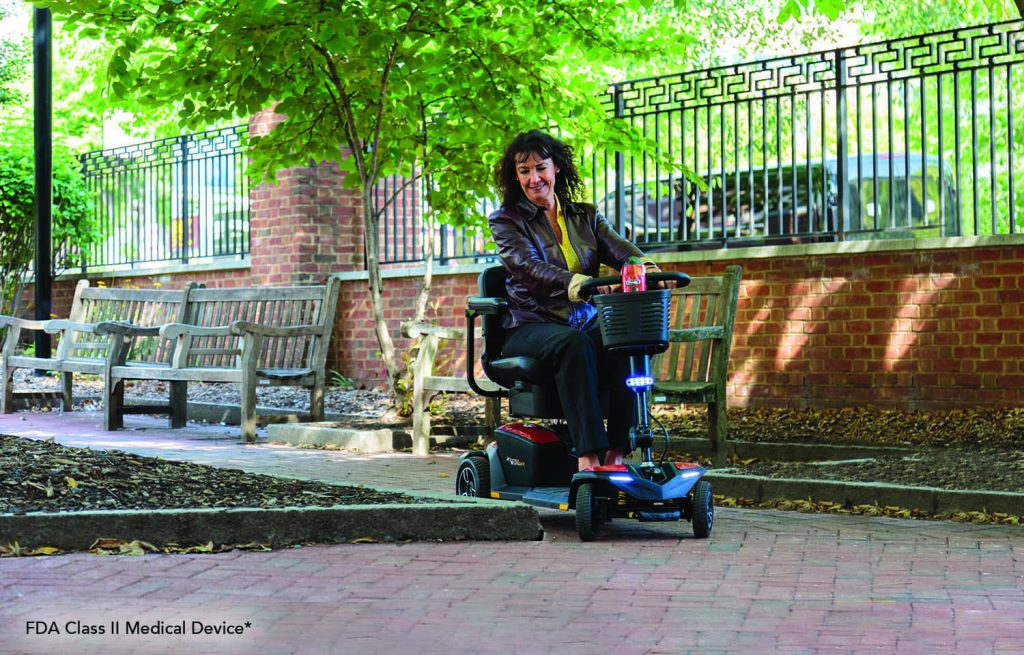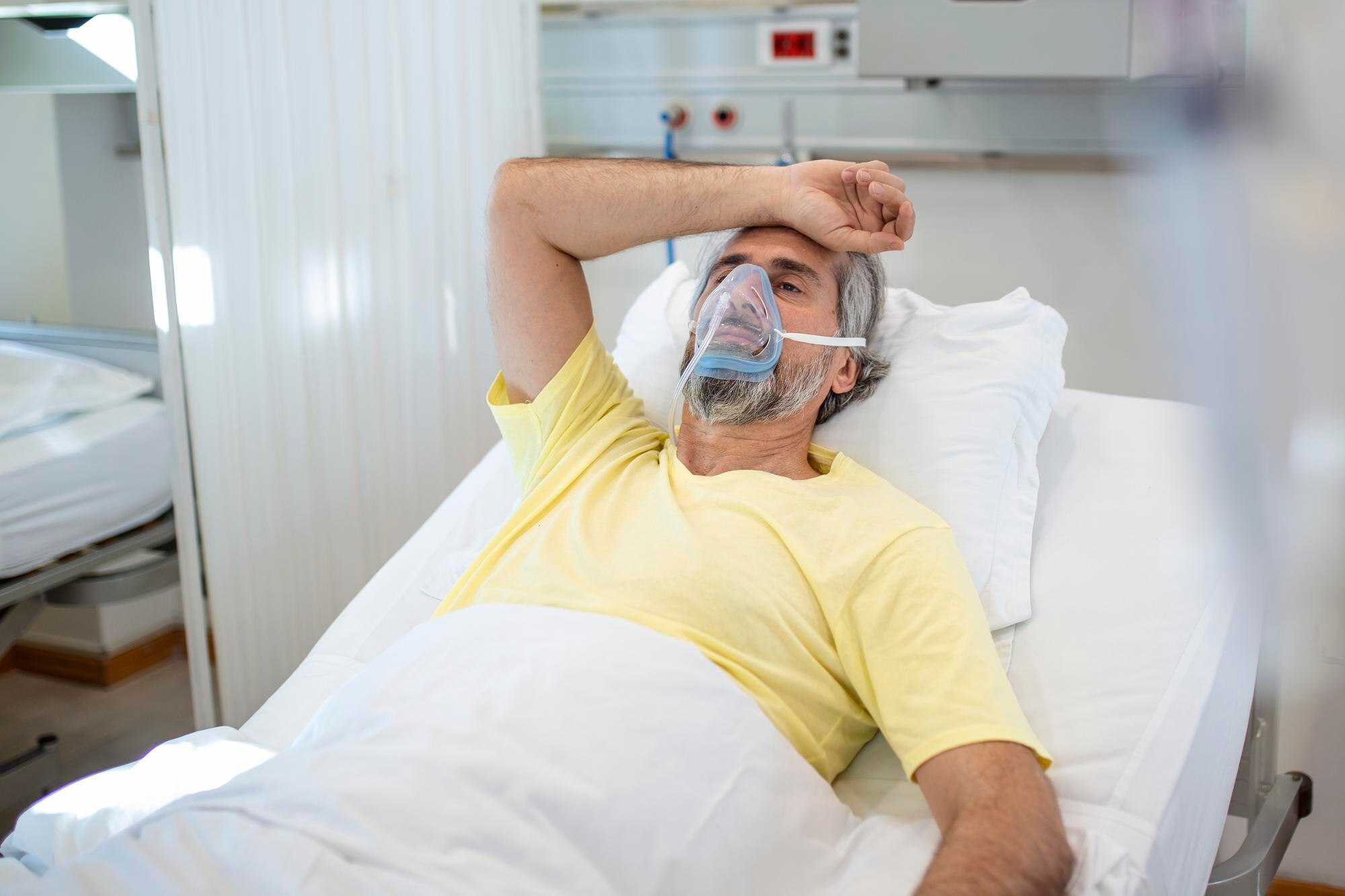Navigating oxygen therapy can feel overwhelming, especially when faced with technical details like “liters per minute” (LPM) that appear on prescriptions. I’ve spent over a decade helping patients manage respiratory conditions, and one of the most frequent questions I get is about this specific measurement. Understanding LPM, why it matters, and how to monitor it can make a big difference in the quality and effectiveness of oxygen therapy. This guide covers what you need to know about LPM, practical tips for managing your oxygen levels at home, and resources to make the process easier.
What is “Liters per Minute” (LPM) and Why Does It Matter?
The “liters per minute” (LPM) on an oxygen prescription refers to the volume of oxygen you need per minute to maintain optimal blood oxygen levels. LPM is a critical component in oxygen therapy because it determines how much oxygen your body receives. Most prescriptions for home oxygen therapy are written for 1 to 5 LPM, though some patients with severe conditions may need higher levels
Why LPM Matters:
- Ensures Adequate Oxygenation: Correct LPM settings ensure that your body receives enough oxygen, which is essential for energy, tissue health, and overall function.
- Prevents Over- or Under-Oxygenation: Using too much or too little oxygen can lead to complications, including oxygen toxicity (from too much oxygen) or hypoxemia (from too little oxygen).
- Supports Specific Needs: Different activities may require different LPM settings. For instance, you might need a higher LPM during physical activity and a lower rate while at rest.
Factors That Influence Your Prescribed LPM
The LPM level prescribed by your doctor is carefully chosen based on several factors:
- Type of Respiratory Condition: Conditions like COPD, pulmonary fibrosis, and sleep apnea have different oxygen needs.
- Blood Oxygen Levels: LPM is set based on your baseline blood oxygen saturation (often measured by a pulse oximeter) and oxygen saturation goals.
- Activity Level: Active people may require higher LPM settings during physical activity to maintain proper oxygen levels.
Your healthcare provider will usually recommend periodic assessments to ensure your prescribed LPM is meeting your needs as they may fluctuate over time.
Tips for Effectively Using and Monitoring Your Oxygen Levels
Making oxygen therapy part of your daily routine can feel daunting, but these tips will help you feel more comfortable and confident in managing your oxygen needs.
1. Know Your Device and Its Settings
Oxygen delivery systems differ widely, from concentrators to portable tanks. Here’s a quick rundown:
- Continuous Flow: This setting provides a steady oxygen flow and is commonly used for higher LPM requirements.
- Pulse Dose: This setting delivers oxygen only when you inhale. Pulse-dose delivery can conserve oxygen, making it useful for portable devices.
Check with your respiratory therapist to ensure that your oxygen equipment is properly calibrated to your specific needs.
2. Monitor Oxygen Saturation with a Pulse Oximeter
A pulse oximeter is a small device that clips onto your finger to measure blood oxygen levels. It’s an essential tool for monitoring the effectiveness of your prescribed LPM.
- Normal Range: For most people, oxygen saturation should be between 95% and 100%. However, for individuals with certain respiratory conditions, your doctor may set a different target.
- Adjusting Based on Activity: If you notice a drop in oxygen levels during activities, consult your doctor. They may adjust your LPM to accommodate different activity levels.
3. Create a Comfortable and Safe Setup
- Position the Oxygen Device for Easy Access: Whether using a concentrator or tank, keep your device in a well-ventilated area with easy access to avoid tripping over tubing.
- Invest in Tubing Accessories: Tubing management clips and extension tubing can help reduce movement restrictions and keep your space safe.
4. Know When to Reach Out for Help
If you experience unusual fatigue, dizziness, or shortness of breath, check your oxygen levels. Contact your healthcare provider if levels are consistently below your target, as this may indicate a need for an LPM adjustment.
Community Resources for Support with Oxygen Therapy
Managing oxygen therapy doesn’t have to be a solo journey. Numerous resources are available to assist with equipment maintenance, financial aid, and access to professional support.
1. Respiratory Therapy Consultations
Consulting a respiratory therapist regularly can help you stay on track with your therapy, assess the appropriateness of your LPM, and make adjustments as needed.
- Local Health Services: Most hospitals and community health centers offer respiratory therapy consultations. Contact your primary care provider for referrals to these services.
- Telehealth Services: Many respiratory therapists provide telehealth consultations, allowing you to discuss any questions or concerns without leaving your home.
2. Financial Aid for Oxygen Equipment
Oxygen therapy equipment can be costly, but there are several financial support options available:
- Medicare & Medicaid: Medicare Part B and some Medicaid plans cover the cost of medically necessary oxygen equipment. Speak with your healthcare provider to determine your eligibility.
- Non-Profit Organizations: The American Lung Association and other groups offer grants and financial aid for oxygen therapy supplies. Contact them for more information on assistance programs.
3. Maintenance and Support Services for Oxygen Devices
Regular maintenance is essential for keeping your oxygen device in top shape. Many community-based programs offer maintenance services at low or no cost.
- Home Medical Equipment Providers: Many providers offer annual maintenance packages that include filter replacement, cleaning, and repairs.
- Insurance Benefits: Some insurance plans cover part of the cost of device maintenance. Check with your provider to find out if this is included in your plan.
4. Accessible Transportation for Medical Appointments
Transportation can be challenging for those using oxygen therapy, especially with larger or stationary equipment.
- Paratransit Services: Local transit agencies often provide door-to-door transportation for those with medical needs. These services are usually equipped to handle mobility aids.
- Volunteer Driver Programs: Local non-profits and senior centers frequently offer volunteer drivers who can help with transportation to and from medical appointments.
FAQs
1. Why is my oxygen prescription set to a specific LPM?
Your LPM setting ensures you receive an adequate amount of oxygen based on your body’s needs, which are determined by your respiratory condition, activity level, and oxygen saturation targets.
2. Can I adjust my LPM on my own?
No, adjustments to LPM should only be made under the guidance of a healthcare provider, as changing your LPM could lead to health complications.
3. How often should I monitor my oxygen levels?
It’s helpful to check oxygen levels daily, especially during physical activity or if you feel fatigued. Discuss monitoring frequency with your healthcare provider.
4. Will Medicare cover the cost of oxygen therapy equipment?
Medicare Part B often covers oxygen therapy equipment deemed medically necessary. Contact your provider to understand your coverage.
5. What should I do if I experience dryness or irritation from my oxygen device?
Consider using a humidifier with your concentrator or apply a saline nasal spray. Hydrating regularly can also help reduce dryness.
6. Are there resources to help with equipment maintenance?
Yes, local home medical equipment providers and non-profits often offer maintenance services. Your insurance plan may also cover certain maintenance costs.
Conclusion: Feeling Confident in Your Oxygen Therapy
Oxygen therapy can greatly improve quality of life, and understanding your prescription’s LPM is key to maximizing its benefits. By familiarizing yourself with your LPM settings, monitoring your oxygen levels, and knowing where to find additional support, you can feel empowered to manage your therapy effectively. Remember, you’re not alone in this there’s a wealth of resources, from respiratory therapists to community support, ready to assist you in every step of the journey.






